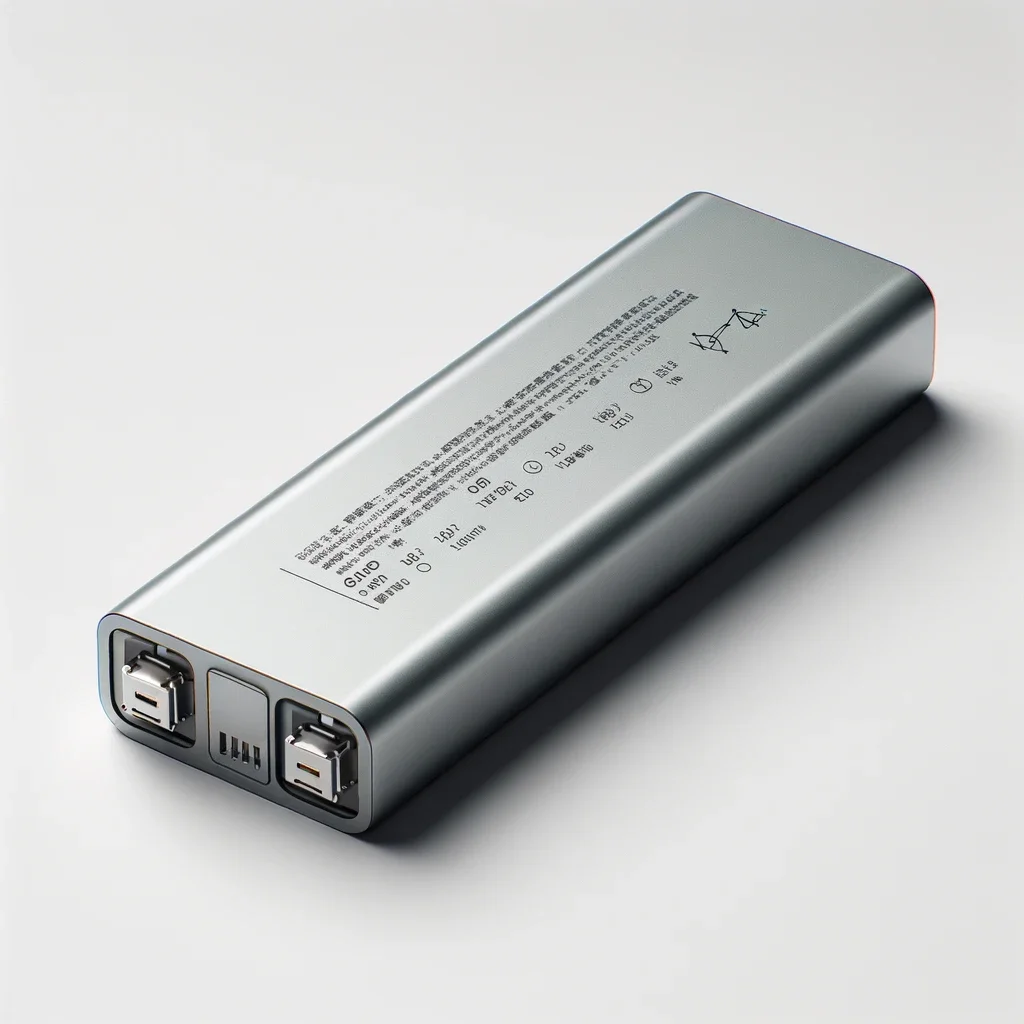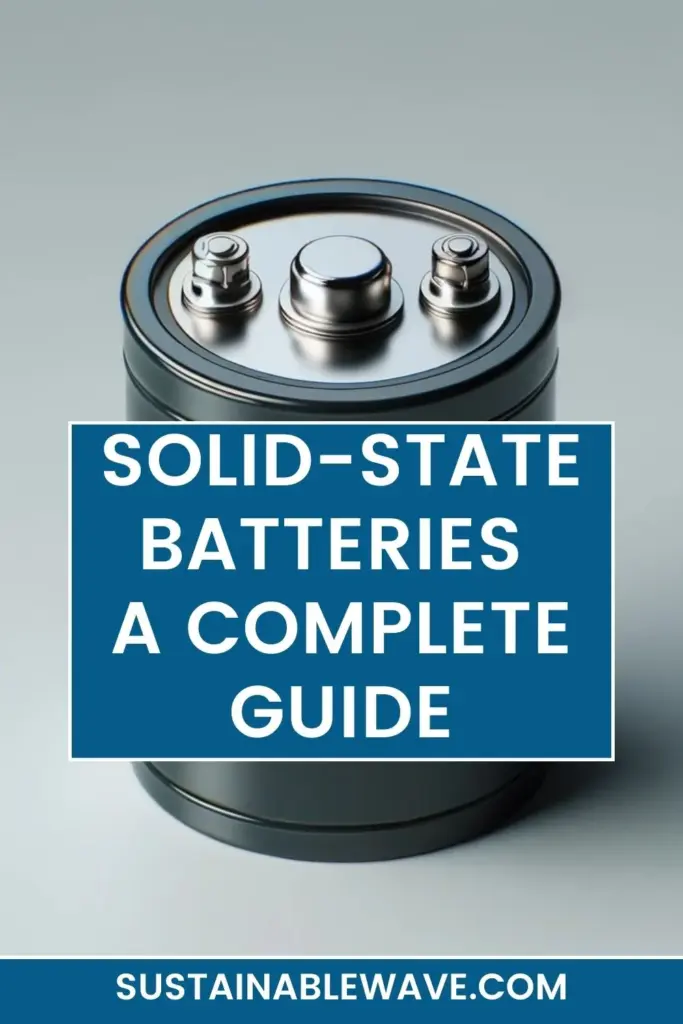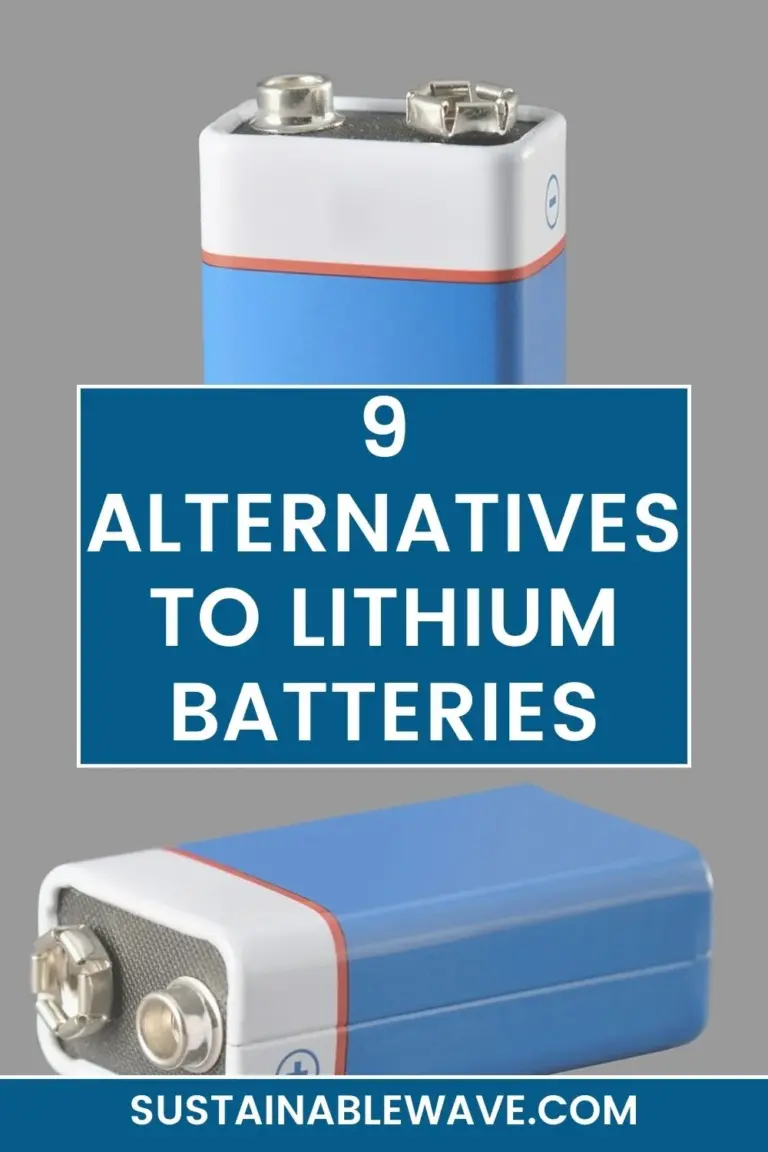The last few decades have witnessed significant advances in battery technology. However, none seems as promising as the advent of solid-state batteries.
With a firm place in the annals of scientific breakthroughs, they promise to revolutionize energy storage.
At its core, a solid-state battery replaces the liquid or gel electrolyte found in lithium-ion batteries with a solid one. This seemingly simple switch opens the doors to myriad benefits.
Solid-State Batteries – Are They Real?

Solid-state batteries may sound like something out of a science fiction novel, but they’re very much grounded in reality. While the concept isn’t new, recent advances in materials science and technology have pushed them to the forefront of energy storage research.
The idea of solid-state energy storage can be traced back several decades. Initial research into these batteries began in the mid-20th century, but due to technological constraints and a lack of suitable materials, progress was slow. The batteries of that era were rudimentary and lacked the efficiency and performance characteristics desired.
However, what they lacked in performance, they made up for in safety and theoretical longevity. Recognizing their potential, researchers and scientists have consistently pursued advancements in this realm.
Fast forward to the 21st century, and the scene has dramatically changed. With the boom in consumer electronics, the demand for more efficient, longer-lasting, and safer batteries became louder. This urgency, combined with leaps in nanotechnology and materials science, has breathed new life into solid-state battery research.
Major corporations, from tech giants to automotive leaders, have announced significant investments in solid-state technology. Some have even hinted at the introduction of products powered by these batteries in the future. Their confidence isn’t misplaced. Recent prototypes have demonstrated remarkable energy densities, rapid charging capabilities, and unprecedented safety levels.
How Do Solid-State Batteries Work?
The magic of solid-state batteries lies in their composition. Unlike traditional batteries that use liquid electrolytes to conduct ions, solid-state batteries use a solid electrolyte. This fundamental difference, though it might sound minor, results in a cascade of advantages and innovative mechanisms.
At the heart of every battery is a simple process: the movement of ions from one electrode to another, facilitated by an electrolyte. In lithium-ion batteries, for instance, lithium ions shuffle between the anode and cathode. This movement generates an electric current that powers devices.
In solid-state batteries, this ion movement occurs through a solid electrolyte. It might be a ceramic, a polymer, or even a hybrid of different materials. The exact composition can vary, but the principle remains the same: facilitate ion movement without the use of liquids.
Liquid electrolytes, while effective, come with a baggage of challenges. They can leak, leading to device failures or, in extreme cases, fires. Their performance can wane in extreme temperatures. And they can degrade over time, reducing the battery’s overall lifespan.
Solid-state electrolytes sidestep these issues. They can’t leak, as they’re solid. They’re generally more resistant to temperature fluctuations. And they promise longer operational lifespans due to reduced degradation.
Additionally, because they eliminate the need for bulky cooling systems (a necessity with some high-performance liquid electrolyte batteries), devices can be designed to be more compact without compromising on battery life.
Pros and Cons of Solid-State Batteries
While solid-state batteries promise revolutionary changes in energy storage, they come with their own set of advantages and drawbacks.
Pros of Solid-State Batteries:
- Higher Energy Density: Solid-state batteries can store more energy in the same volume, allowing for potentially smaller and lighter devices and vehicles with the same or even greater energy capacity.
- Enhanced Safety: With no liquid electrolyte, there’s no risk of leakage or volatile reactions, making catastrophic failures like explosions or fires less likely.
- Longer Lifespan: The absence of liquid electrolytes minimizes degradation mechanisms present in traditional batteries, leading to a longer operational life and consistent performance over numerous charge cycles.
- Faster Charging: Due to their superior thermal performance, solid-state batteries can handle quicker charge times without overheating or compromising battery health.
- Broad Temperature Operability: Solid-state batteries perform better under extreme temperatures, whether hot or cold, making them ideal for diverse environments and applications.
Cons of Solid-State Batteries:
- Higher Initial Cost: Current production methods for solid-state batteries are more expensive than traditional ones, leading to a higher price point, at least in the initial phases of adoption.
- Manufacturing Challenges: Creating uniform, defect-free solid electrolytes at scale can be challenging, affecting yield and scalability.
- Material Limitations: Some materials used in solid-state batteries are still being researched for long-term stability and performance.
- Technology Maturity: As a relatively new entrant in the market, solid-state batteries are still undergoing various iterations and refinements.
Solid-State Batteries vs. Traditional Batteries

The world of batteries has predominantly been ruled by traditional batteries, especially lithium-ion varieties, for the last several decades. However, with the recent advancements in solid-state technology, the tides might be turning.
The main difference between Solid-State Batteries and Traditional Batteries is the type of electrolyte they use: solid-state batteries utilize a solid electrolyte, while traditional batteries employ a liquid or gel electrolyte, impacting safety, energy density, and lifespan.
To truly appreciate the potential of solid-state batteries, it’s crucial to compare them with their traditional counterparts.
Energy Density and Size
- Traditional Batteries: One of the limitations of conventional batteries, like lithium-ion, is their energy density. This determines how much energy can be stored in a given volume. For many consumer electronics and electric vehicles, a larger energy capacity often translates to a physically larger battery.
- Solid-State Batteries: Due to their design and material composition, solid-state batteries boast a higher energy density. This implies that more energy can be packed into a smaller space. The end result? Potentially lighter, more compact devices and electric cars without compromising battery life.
Safety Concerns
- Traditional Batteries: We’ve all heard of instances where lithium-ion batteries overheated, leaked, or even exploded. This is because the liquid electrolyte can become volatile, especially under certain conditions or if the battery is damaged.
- Solid-State Batteries: With no liquid to leak or become volatile, solid-state batteries inherently present fewer safety risks. Their solid electrolytes are more stable and can handle higher temperatures, making catastrophic failures less likely.
Lifespan and Degradation
- Traditional Batteries: Over time, the performance of traditional batteries wanes. This degradation is partly due to the chemical reactions in the liquid electrolyte, which can lead to issues like electrode corrosion.
- Solid-State Batteries: With a solid electrolyte, many of the degradation mechanisms present in liquid batteries are minimized or eliminated. This translates to a longer lifespan and sustained performance over numerous charge-discharge cycles.
Charge Times
- Traditional Batteries: While technology has improved the charge times of many traditional batteries, there’s still a limit to how fast you can safely charge them. Faster charging can produce more heat, which can be detrimental to the battery’s health.
- Solid-State Batteries: Due to their enhanced thermal performance and stability, solid-state batteries can potentially be charged much faster than their liquid counterparts without the same level of risk.
Cost Implications
- Traditional Batteries: Currently, due to economies of scale and widespread adoption, traditional lithium-ion batteries are relatively cost-effective.
- Solid-State Batteries: While the technology promises numerous advantages, one of the current drawbacks is the cost. Producing solid-state batteries, especially at scale, remains more expensive. However, as the technology matures and adoption grows, prices are expected to drop.
I’m Thomas, the owner of SustainableWave. Passionately promoting a sustainable planet. With experience in various eco-roles, I’ll share green tips, sustainability hacks, and personal eco-journeys on my blog.






